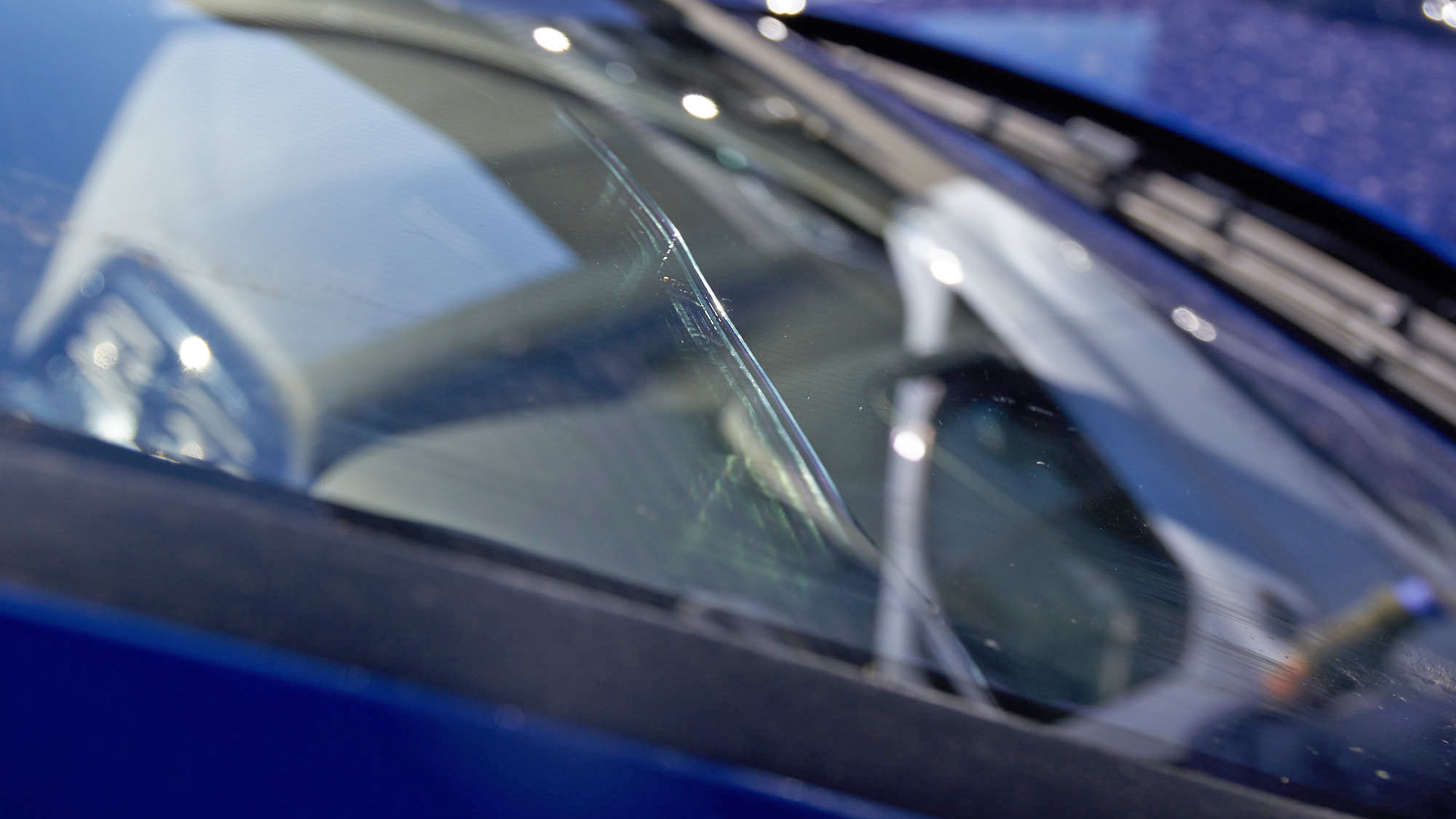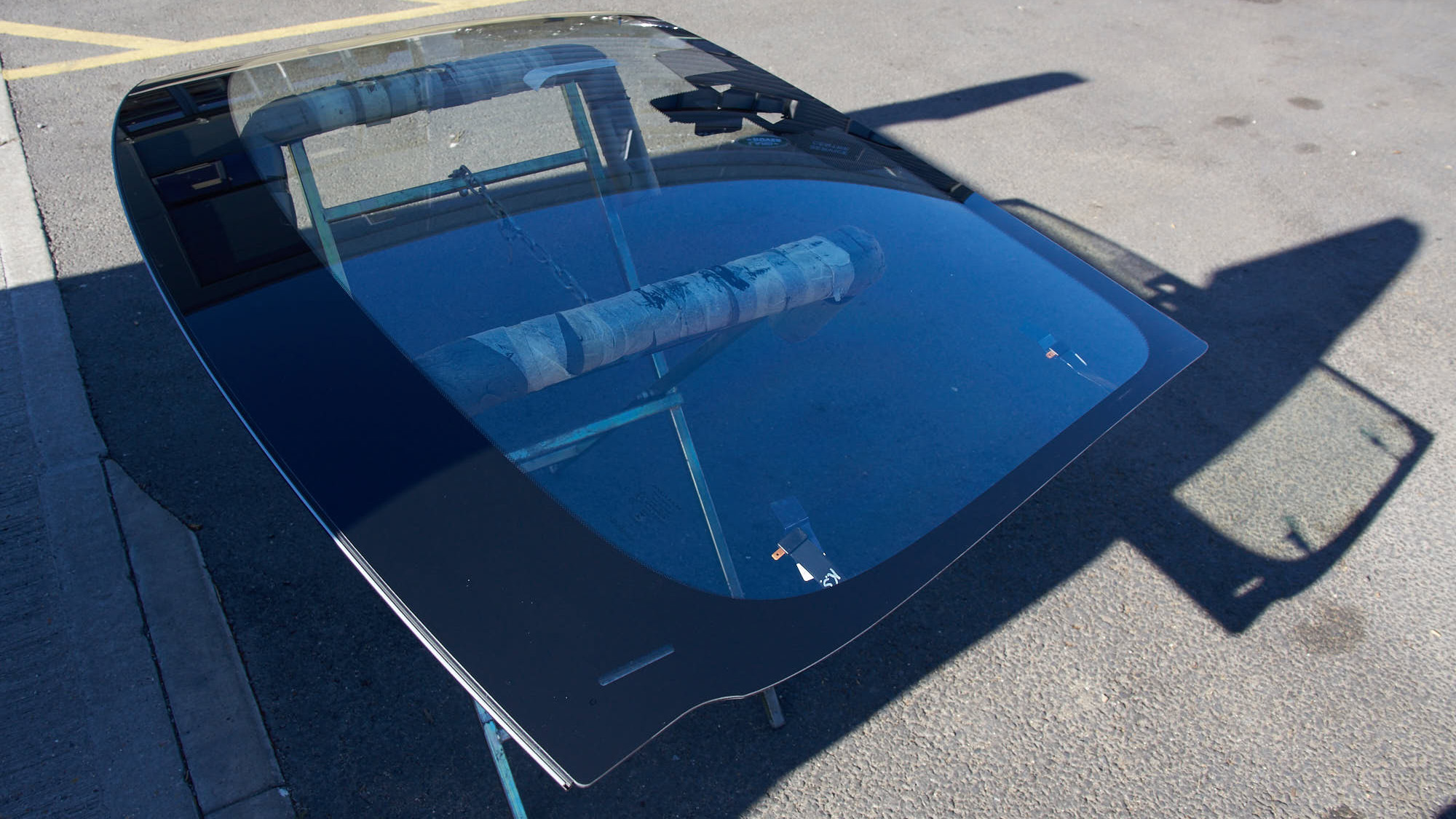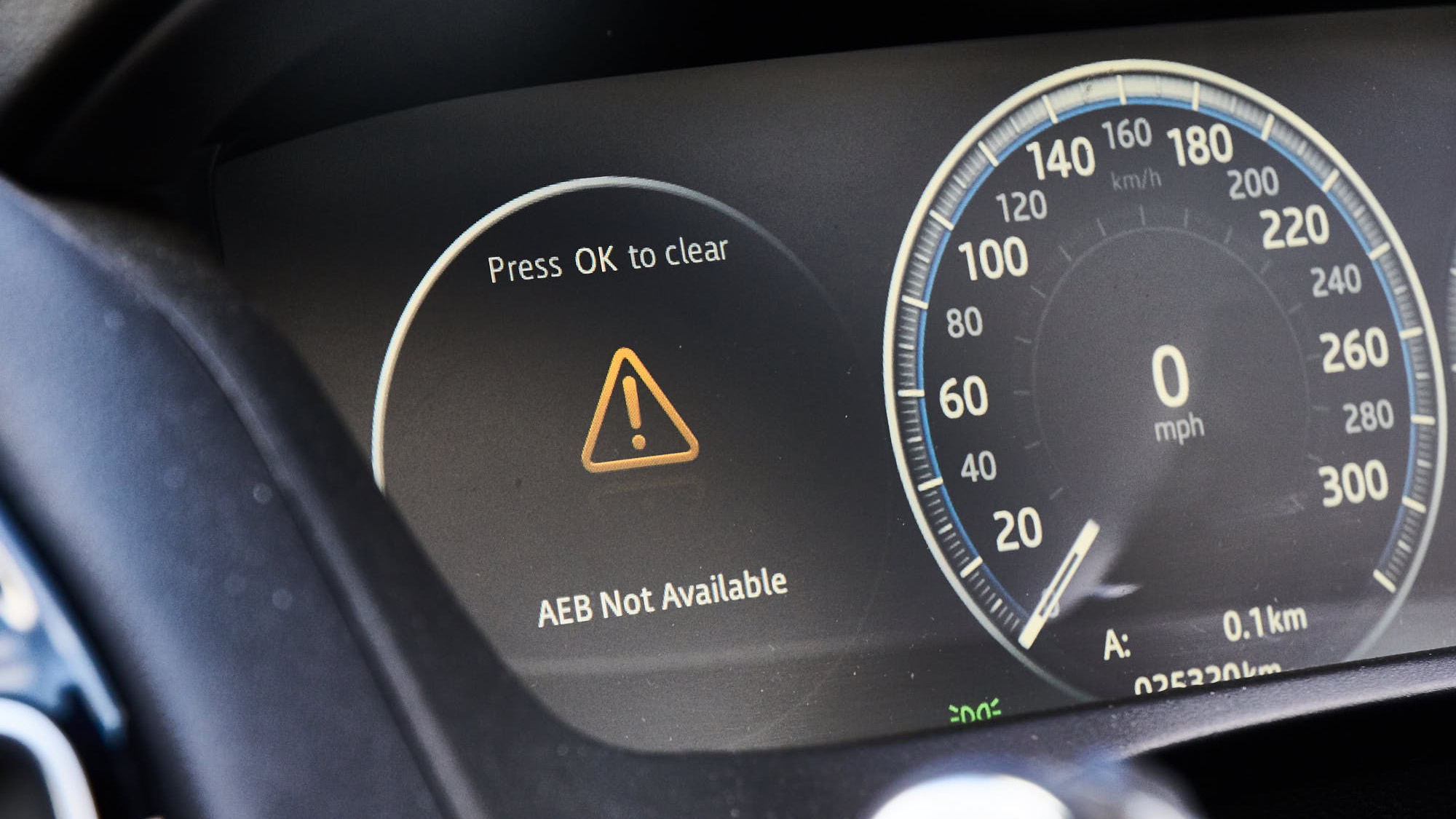
How a screen chip brought more doubt about automated cars
Another reason to doubt a self-driving future: the faff when your screen's damaged
A windscreen chip or crack has always been one of the irregular hassles of running a car. But you can deal with it. A van comes round, and a couple of hours later you're good to go.
But no more. Not if your car has any kind of driver-assist system involving cameras and other sensors mounted on the screen by the rear-view mirror. Which many now do. A windscreen replacement is becoming vastly more of a palaver. If you don't go through the full procedure, your car's safety nets will have huge holes.
First the screen fitter also has to refix those cameras and sensors without damage (not a given). Then that gear needs to be recalibrated, which probably needs to be done at your main dealer.
Some screen replacement companies, including Autoglass, say their mobile vans can usually do that bit and if they can’t they’ll send you to the dealer. Others (among them Auto Windscreens) say they shouldn't even try to do it at your place, because because it's too complicated, too fast-changing, and too connected to the very guts of the most advanced electronics in the car.
If you don't get the calibration done, you’ve now just potentially compromised lane departure warning, speed-limit warnings and auto headlamp dipping. Worse, your emergency collision-mitigation braking system. And you won't find out that's out of kilter until you're in the middle of the emergency.
Beyond relatively simple camera-based city-brake collision-mitigation systems, more and more top-end cars have advanced assist systems that are supposed to be able to maintain your lane and follow the car in front from any speed from zero-to-motorway. That gadgetry needs more sensors, and more accuracy.
Car makers keep telling us these systems are robust. But all my experience shows they aren't. They follow repair lines in the tarmac instead of the white lines. They don't work if there's dirt on the sensor. They randomly flash up warnings that they're not working, so you turn the car off and on again and they magically restore themselves. Or, sometimes, they don’t.
And now I learn they need careful, expert and expensive recalibration if you need your windscreen replaced.
Now extrapolate to the day when we start to get near-autonomous cars. Sigh.
A while a go I got a small chip in the windscreen of the long-term-test Jaguar F-Pace. I got it replaced by a mobile repairer, the one Jaguar recommended, Autoglass. The new screen was installed outside my place. The tech guy said I should take it to a dealer for recalibration.
Top Gear
Newsletter
Thank you for subscribing to our newsletter. Look out for your regular round-up of news, reviews and offers in your inbox.
Get all the latest news, reviews and exclusives, direct to your inbox.
This particular F-Pace has fairly simple driver-assist. It shakes the steering wheel if it drifts out of lane. And it reads speed limit signs. It also has city-speed collision mitigation. They all depend on a binocular pair of cameras by the mirror.
The first two of those seemed to be working as well as before, so I confess I assumed all was well and ignored the calibration. The screen itself was £948 fitted. That seemed enough expense.
The other day, I got another chip. This time I used a different company, Auto Windscreens. They've become rather vocal about calibration, because they think it's going to blow up into a big safety issue. So every time they fit a screen, they won't close off the paperwork until they've seen a certificate from the dealer that calibration has actually happened.
Right. I figured that since I was going to have to go to a dealer at some point, I might as well get the whole business done there. It's worth noting that few dealers actually do their own screen fitting these days – they bring in the same mobile fitters that you and I do.
So we got the screen fitted by Auto Windscreens at London JLR dealer Stratstone’s service workshop in Tottenham. Straight after, a dealer tech did the calibration.
Reassuringly, Auto Windscreens’s first move was to dress the car, inside and out, in protective plastic blankets. After that it all got a bit medieval, with the car looking like it had been in some kind of flailing torture, the skin stripped to reveal its veins and bones.
I'm not saying they weren't careful. They were. (Being Top Gear, we were treated to the best guys: Auto Windscreens' top tech Tom Barker, and trainer Jason Jackson.) But a dismembered car always looks a mess. Tom and Jason had to disconnect the screen heater terminals, the camera system and the dimming mirror. The A-post trim had to come off, inside and outside the car, and several bits of under-bonnet trim too. Also the wipers.
Finally, the old screen was ready to be cut out, a process achieved by cheesewire, wound onto a bobbin by a ratchet. Don’t go imagining this being done to your own soft parts. By now the smart Jaguar was starting to look like a banger racer.
Then they ran a bead of glue around the aperture. Next they gripped the new screen with big suckers and carefully eased it into place. Then that old Haynes manual challenge: reassembly is the reversal of dismantling. So, the connectors, the cameras and sensors, the mirror, and all the trim. The wipers and wires for heated washer jets.
Two hours in, they handed it to Stratstones. First job, a routine set of checks any car gets when it comes in. Then the calibration.
This involves plugging in a tablet running Jaguar's diagnostic software, and going for a drive. It took about 15 minutes at 40-plus mph. The tablet had told the car to go looking for mostly vertical objects at the side of the road, until the tablet was satisfied the car's two cameras have accurate binocular vision.
That means they can judge distances properly and so the safety system knows when to brake. Good.
There’s some argument among the screen companies about whether you need this ‘dynamic’ calibration, of whether it’s actually OK to aim the camera at static targets. But it seems that second approach demands exactly correct tyre pressures, wheel alignment, a smooth flat surface and so on. Hard to do outside your house.
Anyway, the newly calibrated Jaguar still occasionally misses white lines and mis-reads speed limit signs just like it always did. Just like all driver-assist systems on all makes of cars always do.
Self-driving car? In your dreams.
Trending this week
- Car Review
BMW 1 Series
- Top Gear's Top 9
Nine dreadful bits of 'homeware' made by carmakers










